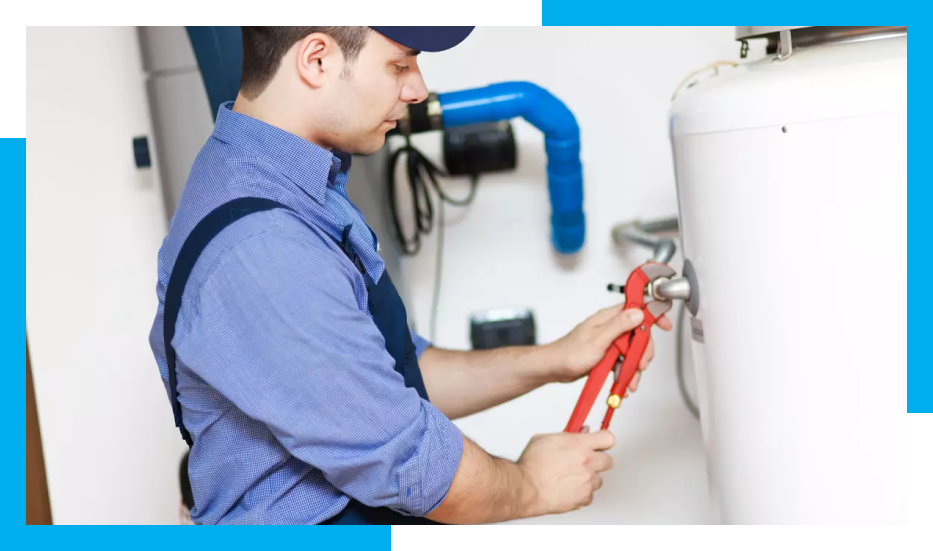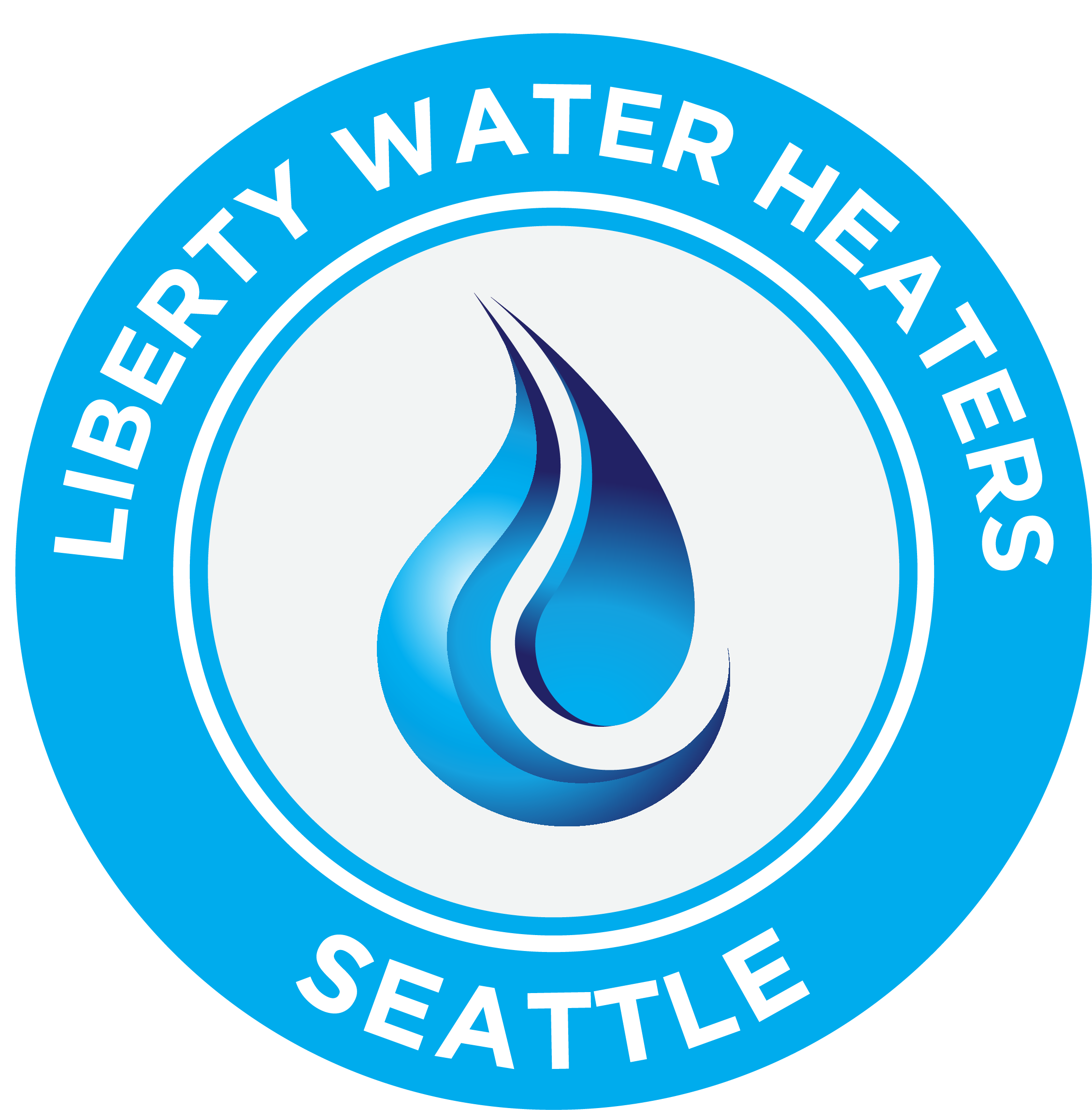Heat pump water heaters are very energy efficient. These water heaters collect heat from the air around them to heat the water in your home. Just call Liberty Water Heaters Seattle to schedule an appointment to replace your old water heater with a new heat pump water heater in your house. We can offer you free pricing estimates that cover both the unit’s purchase and installation and guide you through every step of the procedure.
There are many different setups people have to heat their home and the water in it. Sometimes we will need to replace the tank, the heat pump that sits on top of the tank or sometimes even both. Installing a new heat pump takes only a day’s labor. On the day of your appointment, we will show up with all of the necessary materials to install your new heat pump and ensure optimal functionality before we leave.

Simply put, heat pump water heaters work with an evaporator coil, usually at the top of the unit. This coil contains a refrigerant that can change from a liquid to a gas at a low temperature.
The heat pump water heater draws in ambient air from the surrounding environment. This works best in warm environments, but air can be at a relatively low temperature, even in colder climates. The refrigerant in the evaporator coil absorbs heat from the air, causing it to evaporate and turn into a low-pressure gas.
A compressor inside the water heater then compresses the low-pressure gas. This compression increases the temperature and pressure of the gas, making it hotter than the surrounding air.

The hot, pressurized gas is passed through a condenser coil, typically at the bottom of the heat pump water heater. The condenser coil is in contact with the water that needs to be heated. As the hot gas flows through the coil, it releases its heat into the water, causing the refrigerant to condense back into a liquid.
As the refrigerant condenses and transfers heat to the water, the temperature increases. The hot water is then stored in a tank for later use.
After releasing its heat, the refrigerant becomes a low-pressure liquid again. It passes through an expansion valve, which reduces its pressure and temperature, preparing it to repeat the cycle. The now-cooled refrigerant returns to the evaporator coil, where it absorbs heat from the surrounding air once more, and the cycle continues.
Service Areas

Services
Water Heaters
Copyright © Liberty Water Heaters Seattle 2024. Designed by Ideal Website Marketing